GABA
•Last Updated: February 6, 2024
GABA (gamma-aminobutyric acid) is an inhibitory neurotransmitter. Although supplementation can increase growth hormone levels, the effects are short-lived. Some research has also reported beneficial effects on sleep quality, stress, and mood. However, results have been inconsistent across studies.
GABA is most often used for
Last Updated:February 6, 2024
1.^Piril Hepsomali, John A Groeger, Jun Nishihira, Andrew ScholeyEffects of Oral Gamma-Aminobutyric Acid (GABA) Administration on Stress and Sleep in Humans: A Systematic ReviewFront Neurosci.(2020 Sep 17)
2.^Yoto A, Murao S, Motoki M, Yokoyama Y, Horie N, Takeshima K, Masuda K, Kim M, Yokogoshi HOral intake of γ-aminobutyric acid affects mood and activities of central nervous system during stressed condition induced by mental tasks.Amino Acids.(2012-Sep)
3.^Leonte A, Colzato LS, Steenbergen L, Hommel B, Akyürek EGSupplementation of gamma-aminobutyric acid (GABA) affects temporal, but not spatial visual attention.Brain Cogn.(2018-Feb)
4.^Cavagnini F, Benetti G, Invitti C, Ramella G, Pinto M, Lazza M, Dubini A, Marelli A, Müller EEEffect of gamma-aminobutyric acid on growth hormone and prolactin secretion in man: influence of pimozide and domperidone.J Clin Endocrinol Metab.(1980-Oct)
5.^Cavagnini F, Invitti C, Pinto M, Maraschini C, Di Landro A, Dubini A, Marelli AEffect of acute and repeated administration of gamma aminobutyric acid (GABA) on growth hormone and prolactin secretion in man.Acta Endocrinol (Copenh).(1980-Feb)
6.^Powers ME, Yarrow JF, McCoy SC, Borst SEGrowth hormone isoform responses to GABA ingestion at rest and after exercise.Med Sci Sports Exerc.(2008-Jan)








